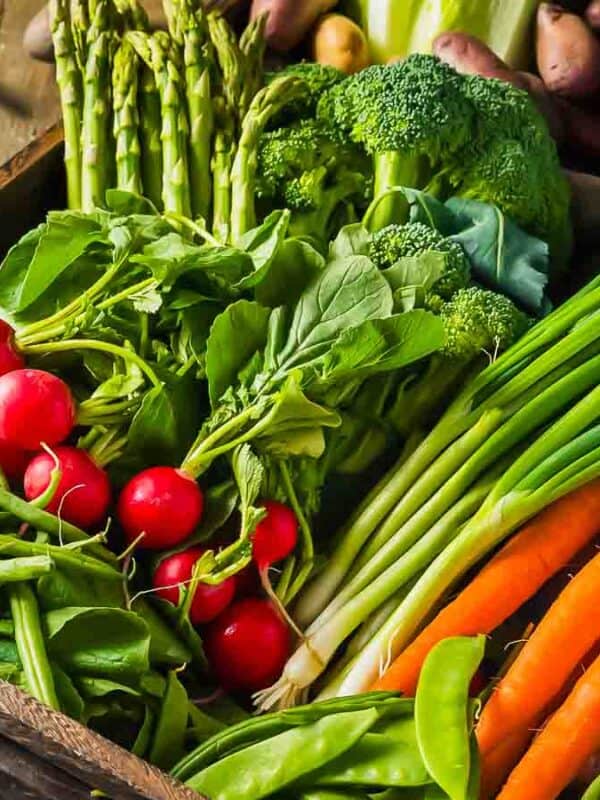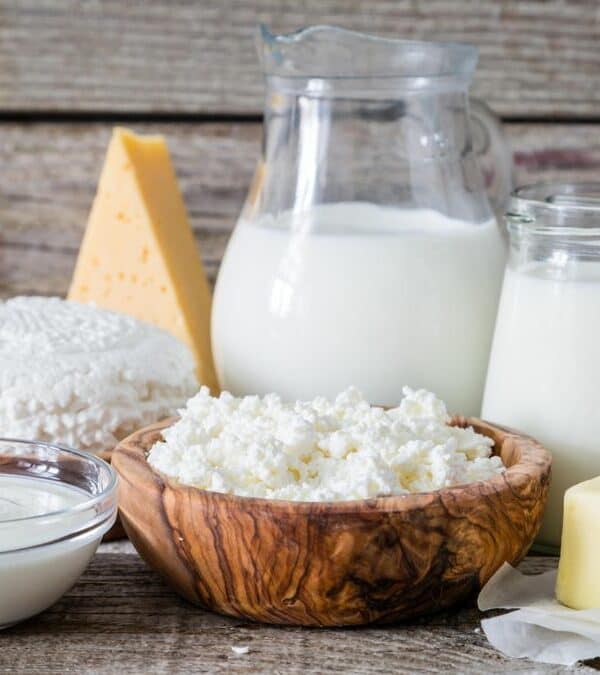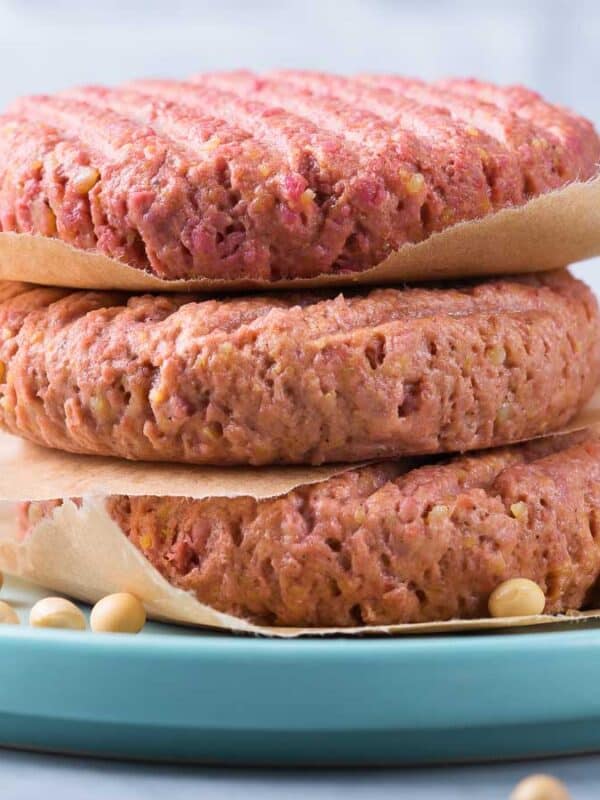We all have those guilty pleasures when it comes to food, but some items on our plates are doing more harm than good. Nutritionists point out a few usual suspects that might be sabotaging your health goals. These are the foods that experts strongly suggest cutting out or reducing in your diet. Read on to find out what to avoid and why making these changes can lead to a healthier, happier you.

Sugary Drinks
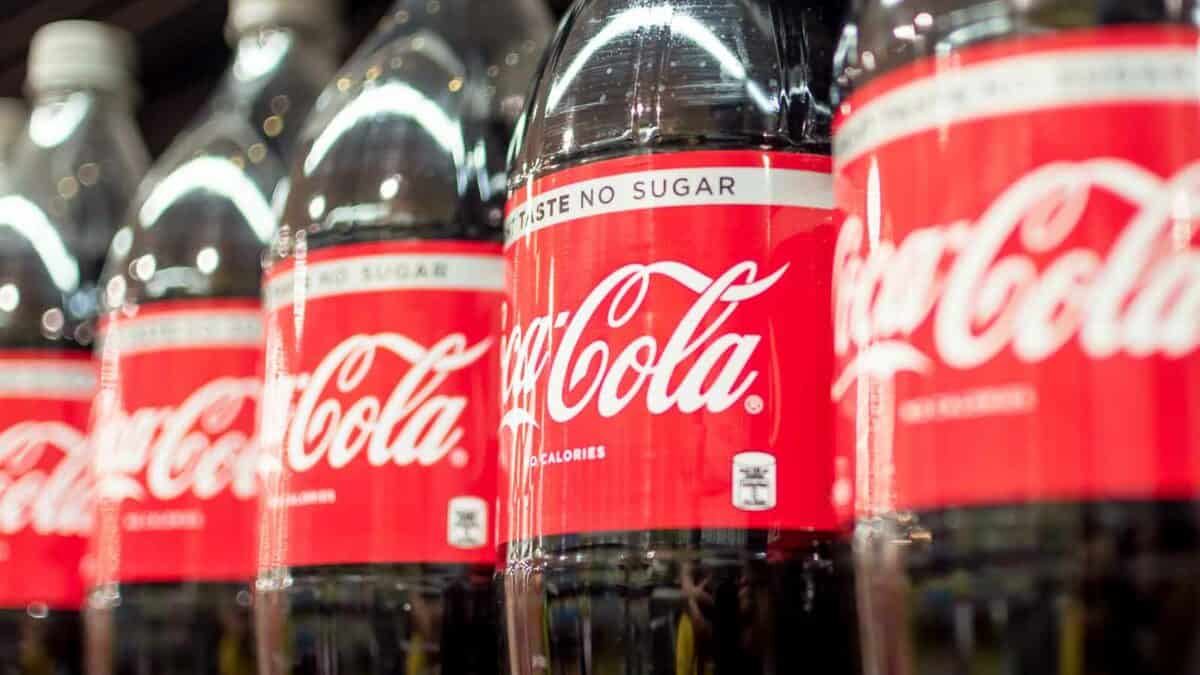
Think twice before sipping! Soda, sports drinks, and energy drinks pack a sugary punch that can knock your health goals off track. These beverages are notorious for loading up on sugar and calories, leading to weight gain, insulin spikes, and even dental woes, all without offering any nutritional goodness.
Processed Meats

Say goodbye to the deli counter’s darker side. Processed meats like sausages, deli slices, and hot dogs are stuffed with sodium and preservatives. Regular consumption of these convenient bites is linked to increased risks of heart disease, high blood pressure, and certain cancers. Why not switch to fresher, less processed options?
Deep-Fried Foods
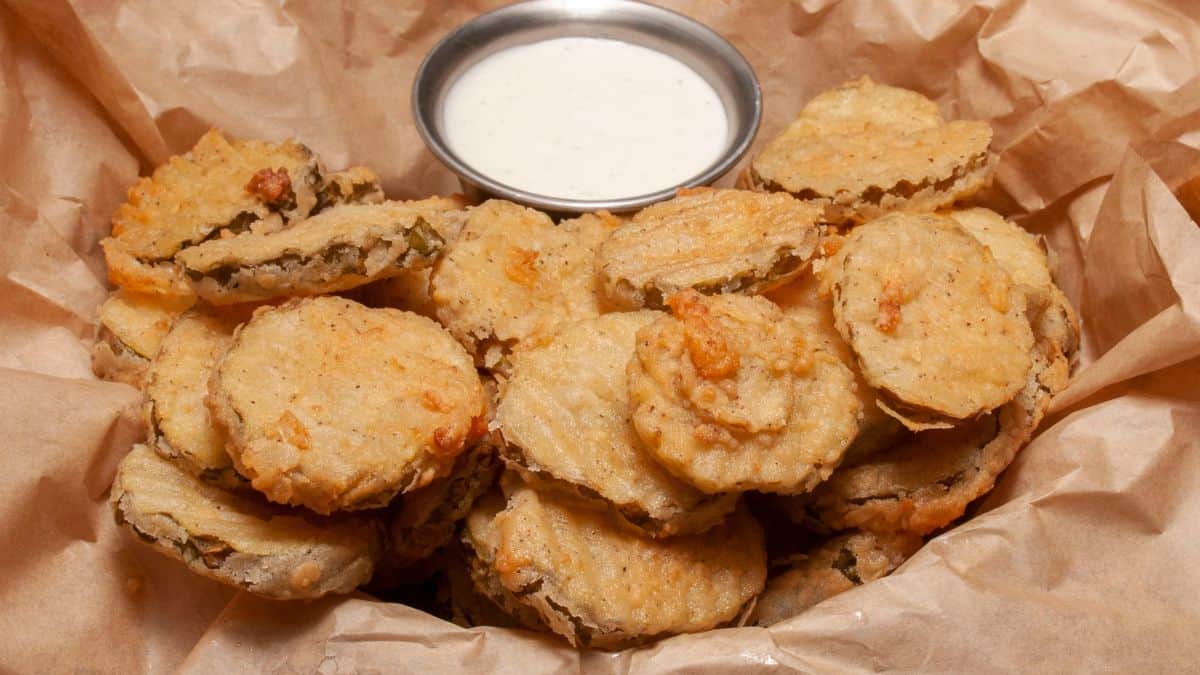
Crispy but costly for your health. Deep-fried foods are a guilty pleasure high in trans fats and calories that can lead to weight gain and heart disease. They’re a crunchy temptation best enjoyed sparingly to keep your heart ticking properly and inflammation at bay.
White Bread
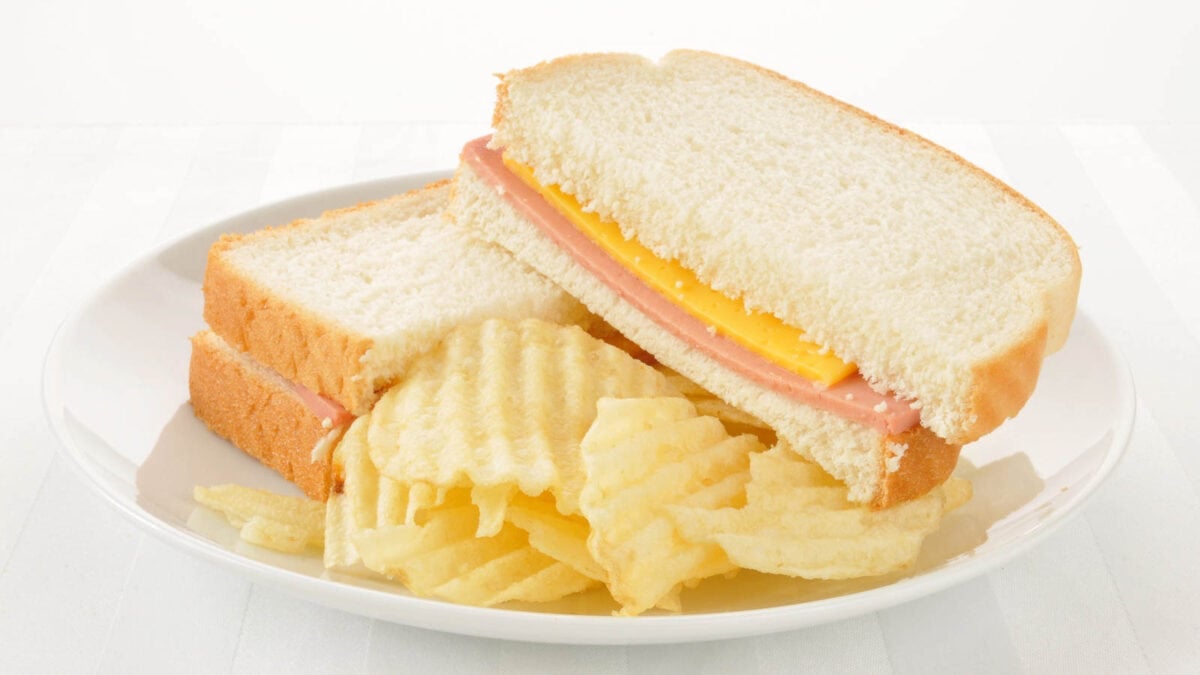
It’s time to rethink your sandwich base. White bread, made from refined flour, is a fiber-free zone that can spike your blood sugar levels faster than you can say “whole grain.” Opt for heartier, nutrient-rich breads that keep you full and your blood sugar stable.
High-Fructose Corn Syrup (HFCS)

It’s sticky, it’s sweet, and it’s sneakily bad for you. High-fructose corn syrup, lurking in many processed foods and sweets, is a major culprit in the obesity epidemic, and it doesn’t stop there—it also contributes to diabetes and inflammation. Cutting back on HFCS could be a sweet deal for your health.
Margarine
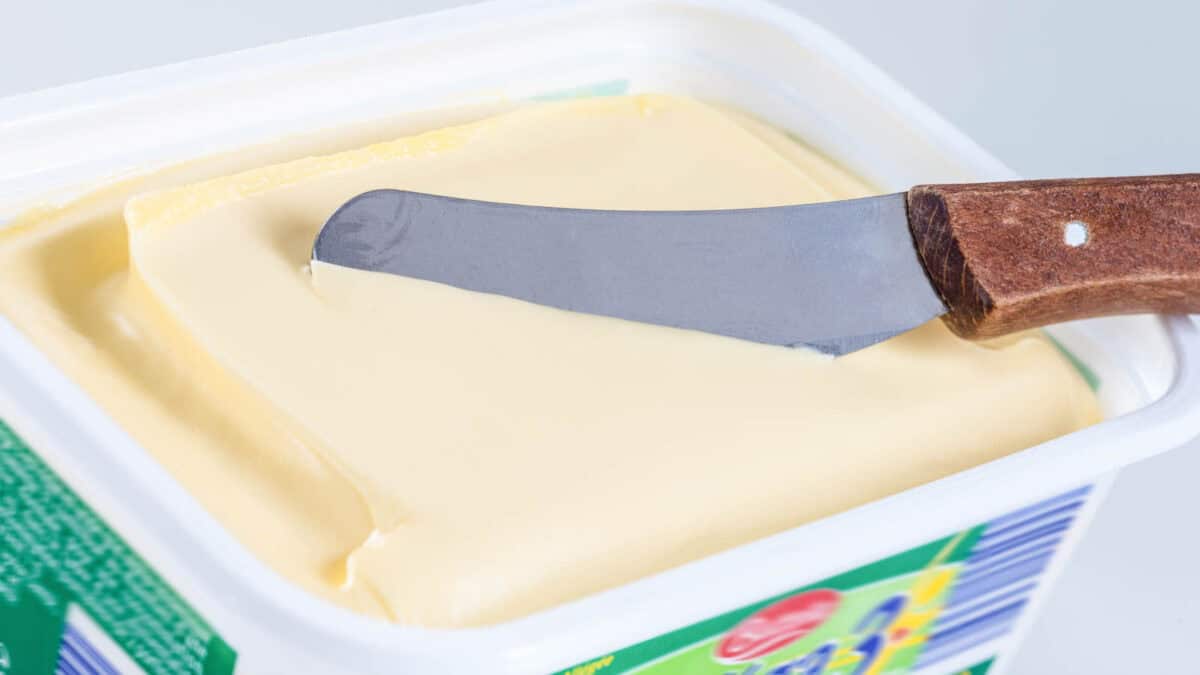
Once a breakfast staple, margarine has fallen out of favor for good reason. Though newer forms have cut back on the trans fats, it’s still a processed fat fest. Switching to natural alternatives like butter or plant-based oils can spread health benefits onto your toast.
Artificial Sweeteners
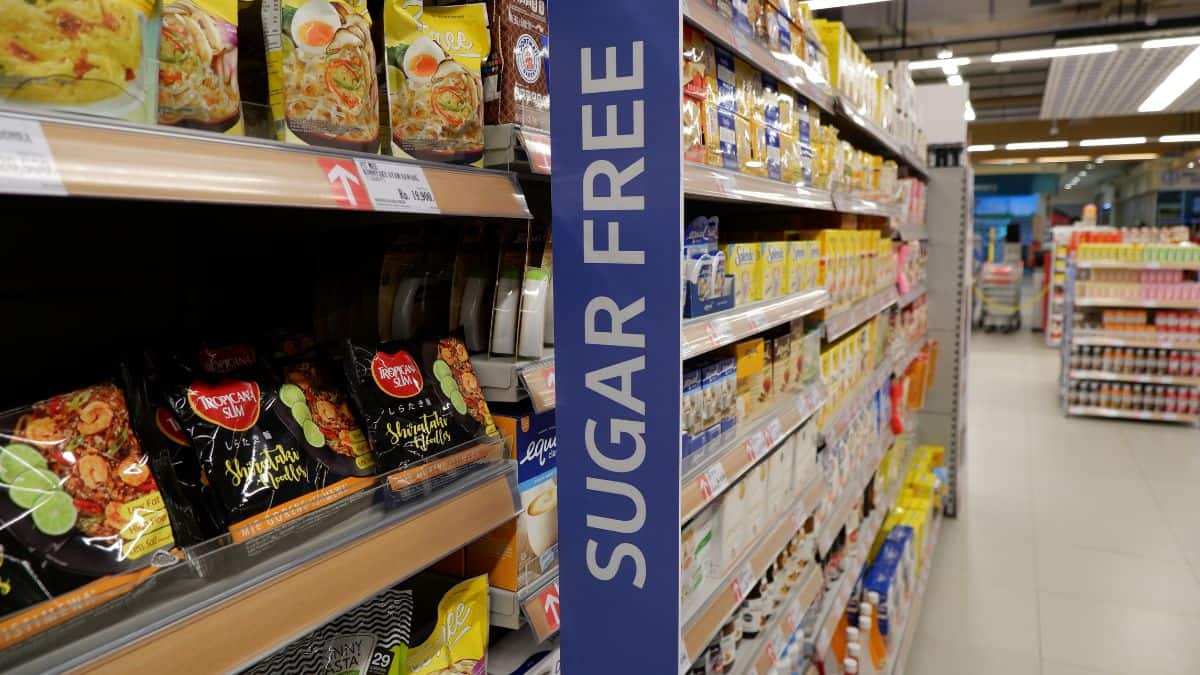
Zero calories, but at what cost? While they cut down on sugar intake, artificial sweeteners might disrupt your gut bacteria and mess with your body’s insulin response. Natural sweeteners like honey or maple syrup might be a safer bet for satisfying your sweet tooth.
Processed Low-Fat and Diet Foods
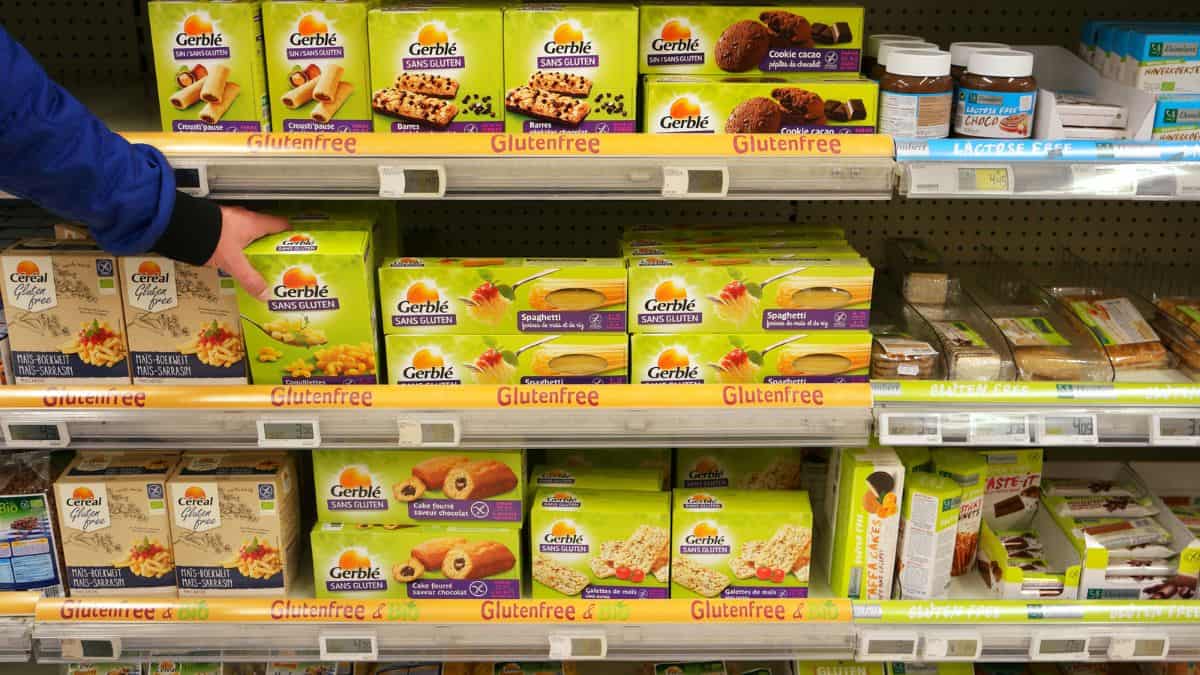
Don’t let the labels fool you—low-fat doesn’t always mean low trouble. These products often compensate for lost flavor with extra sugar or additives, nullifying any health benefits. Stick to whole, unprocessed foods to keep things clean and lean.
Alcohol

Cheers to moderation! While a glass might relax you, excessive alcohol intake is linked to a wide range of health issues including liver disease, heart problems, and an increased risk of cancers. Keeping it occasional can help keep the spirits up and the risks down.
Microwave Popcorn

Convenient? Yes. Healthy? Not so much. Microwave popcorn bags are often lined with harmful chemicals, and the popcorn itself can be high in trans fats and sodium. Opt for air-popped popcorn seasoned with a sprinkle of natural spices for a healthier movie night.
Artificially Flavored Snacks
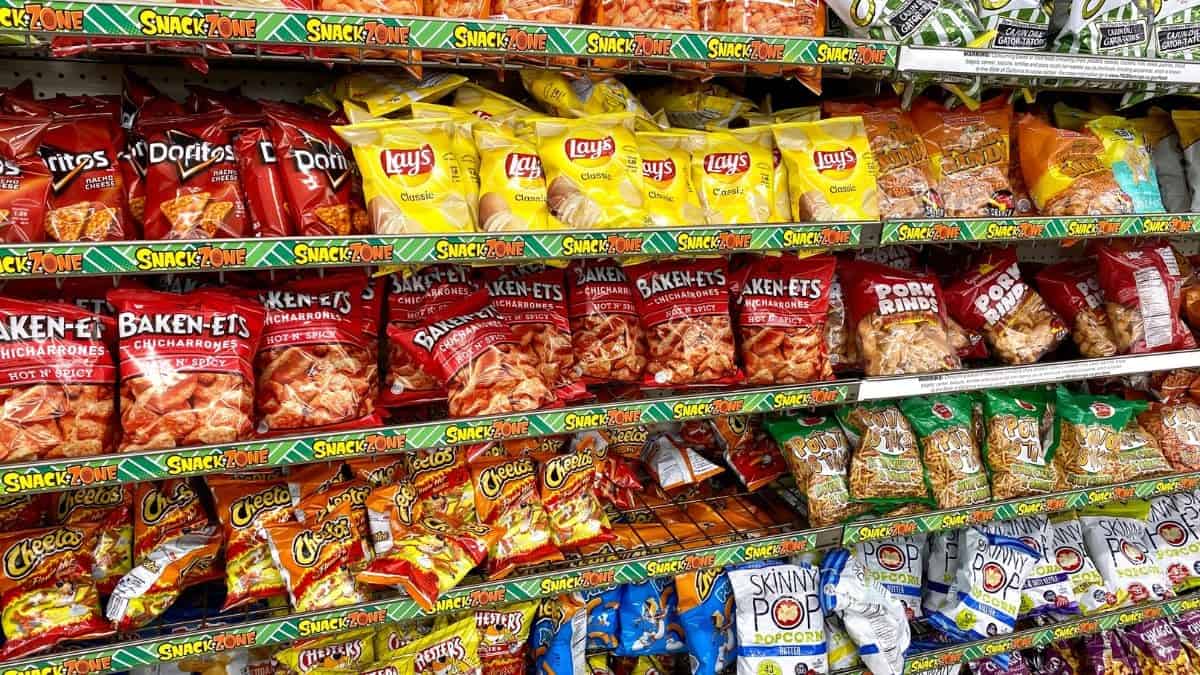
Ditch the fake stuff. Chips, cookies, and other snacks filled with artificial flavors and colors offer no nutritional value and may even pose health risks. Embracing whole, naturally flavorful snacks can add both zest and zing to your snacking habits.
13 Of The Most Nutrient-Dense Foods You Can And Should Be Eating
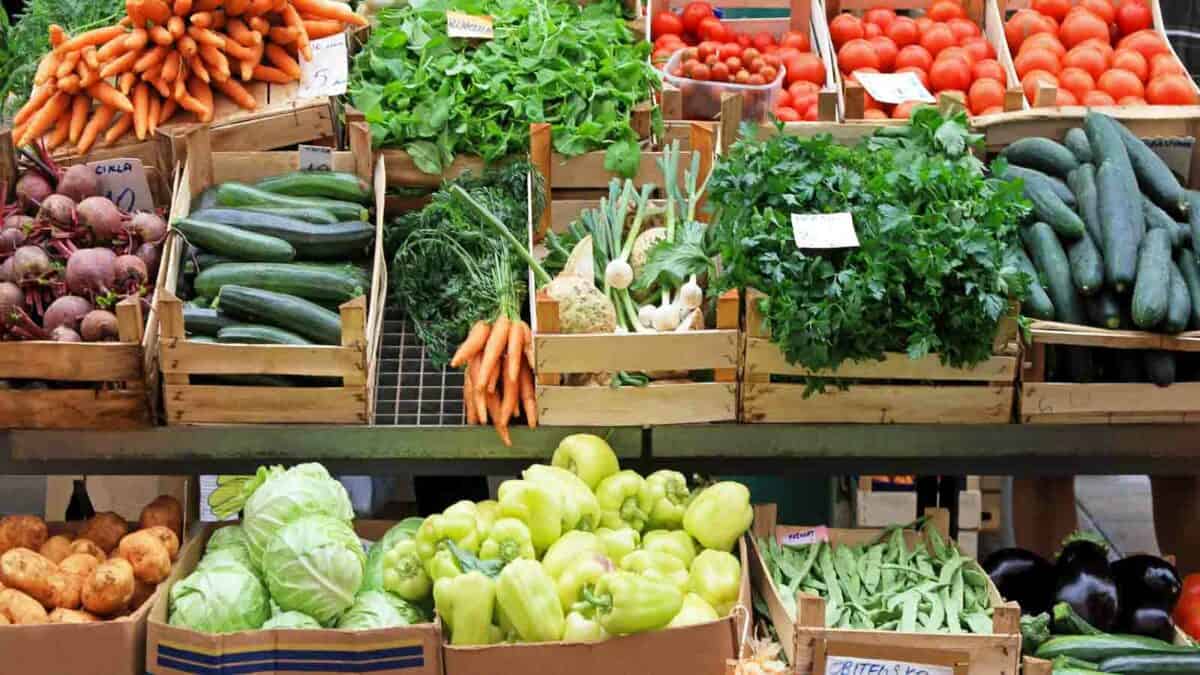
When it comes to eating, we’ve all got a “calorie budget,” but let’s be honest, some of us are better at managing it than others. If you want to make the most of what you’re eating, you have to be diligent about investing those calories in the right places and getting the best bang for your buck with the foods you choose. Here are 13 of the most nutrient dense foods available. They give you the most nutritional value per bite and are what you should be focusing on when you load up your plate each day to maximize your health span.
See them all here: 13 Of The Most Nutrient-Dense Foods You Can And Should Be Eating
13 Genius Ways To Use A Magic Eraser You Haven’t Thought Of

Magic Erasers are like the Swiss Army knife of the cleaning world, but even the most devoted fans might not realize just how versatile they really are. Sure, they’re great for scrubbing away scuffs, but that’s just the tip of the iceberg. We’ve got a list of clever tricks that will have you looking at these little white sponges in a whole new light.
See Them Here: 13 Genius Ways To Use A Magic Eraser You Haven’t Thought Of
What’s Fact? What’s Fiction? The Real Scoop On 13 Aphrodisiac Foods
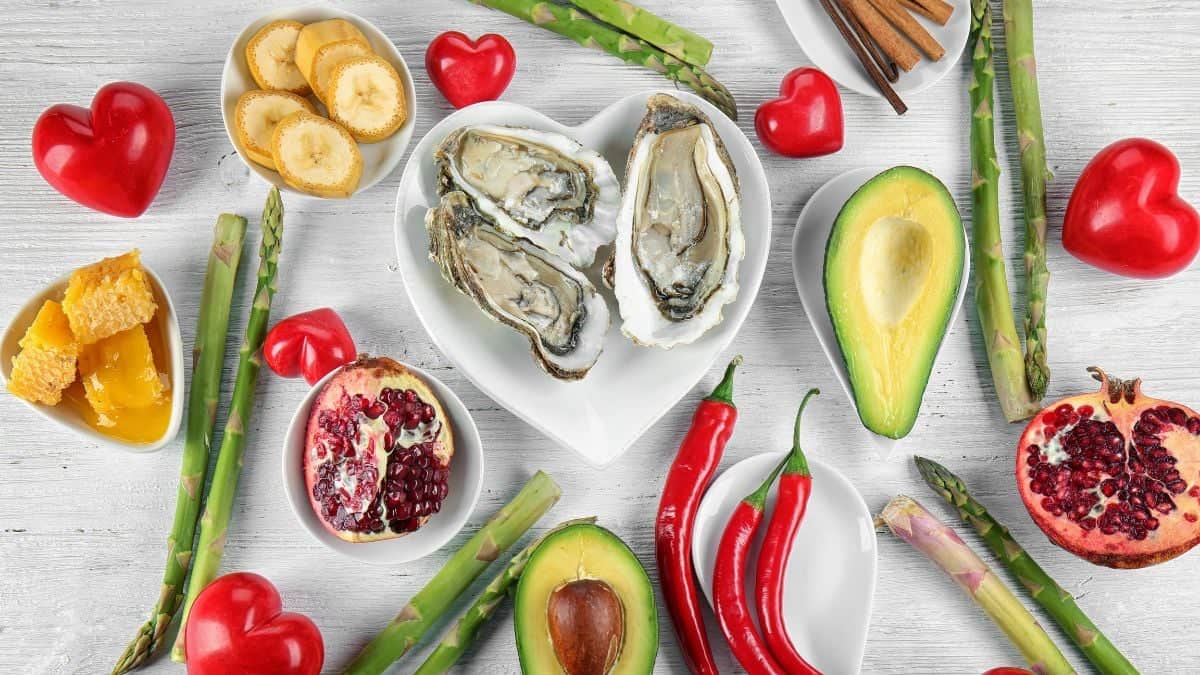
Ever noticed how some foods, like oysters and chocolate, get all the credit for sparking romance, while others barely get a mention? We’re shining a light on the whole aphrodisiac menu, from headliners to the lesser-known foods and supplements out there. Some might not be as well known, but actually come with a bit of scientific backing for their libido-boosting effects.
This list is split into two: the myths and the maybe’s. On one side, we have foods celebrated through the ages more for their symbolic meanings or suggestive shapes than any proven effects. On the other, there are those with a handful of studies suggesting they might actually do something to get the sparks flying. Once you know the difference you can decide which ones you might want on your plate.
Read More Here: What’s Fact? What’s Fiction? The Real Scoop On 13 Aphrodisiac Foods
Select photos provided by Depositphotos.
Gina Matsoukas is an AP syndicated writer. She is the founder, photographer and recipe developer of Running to the Kitchen — a food website focused on providing healthy, wholesome recipes using fresh and seasonal ingredients. Her work has been featured in numerous media outlets both digital and print, including MSN, Huffington post, Buzzfeed, Women’s Health and Food Network.
